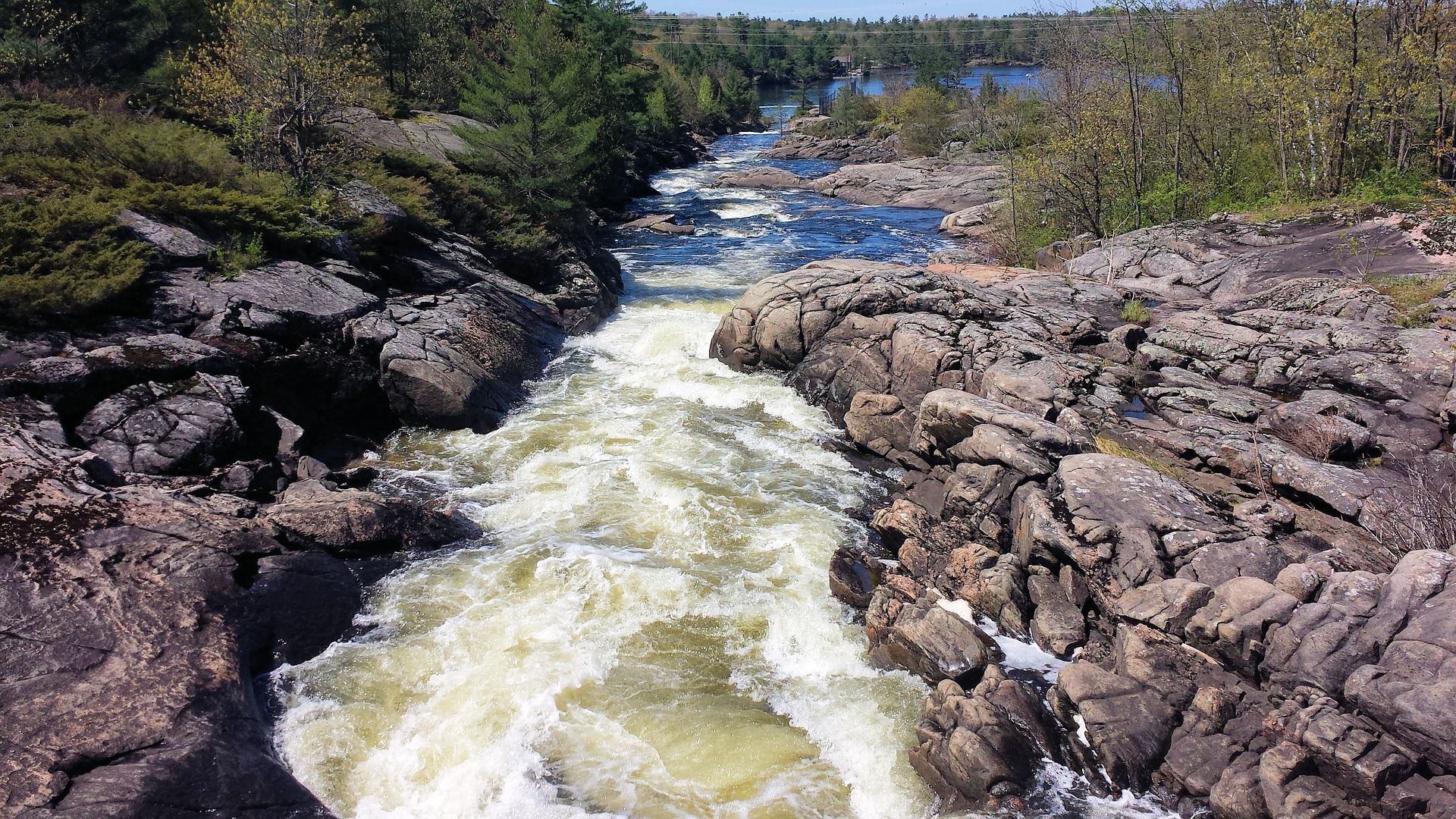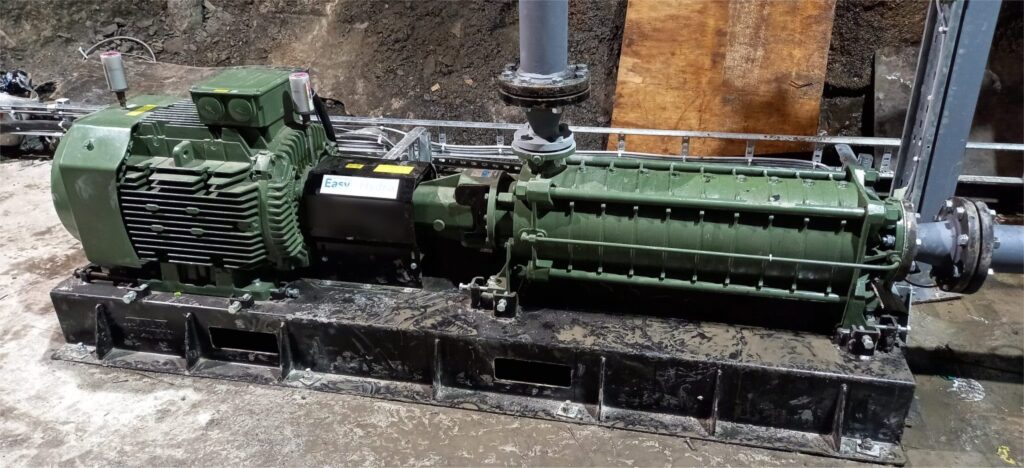Exclusive Interview: H2O Global News’ Sion Geschwindt interviewed Easy Hydro Managing Director, Dr Daniele Novara, to find out how their simplified hydro technology helps companies recover lost energy from water networks.
Electricity is so central to everyday life, it’s difficult to imagine a world without it. For centuries we have relied on fossil fuels to power our economies, but this dependence has come at a huge cost: burning fossil fuels is the primary driver of global climate change.
Transitioning to cleaner, renewable energy will be essential if we are to prevent the worst impacts of global warming. This transition is already well underway, with investment in renewables growing exponentially across the globe. However, running entire economies on renewable energy presents a host of challenges, such as ensuring a reliable supply. To address this, experts recommend harnessing various types of energy so that when the sun isn’t shining or the wind isn’t blowing, the lights stay on.
One key player on the road to net-zero carbon emissions will be hydropower. According to the International Energy Agency (IEA), In 2020, hydropower supplied one sixth of global electricity generation – more than all other renewables combined. Hydropower is reliable and readily available, but often comes with unintended environmental consequences. Building dams can cause excess sediment build-up, reduce water quality, and even disrupt fish migration routes. While these costs are often outweighed by the social benefits these projects provide, there are other ways to harness the power of water.
Untapped potential

There is energy anywhere water flows
Thinking about hydropower generally conjures up images of huge dams and massive turbines – but there is also potential to generate power on a smaller scale. ‘Micro hydro’ refers to hydroelectric systems that produce between 5 kW and 100 kW of electricity using the natural flow of water. Whether it’s a stream or water pipe, these systems convert the flow of water into electricity for personal use or for the grid.
The micro hydro potential of most countries is largely unexploited, leaving a gap for innovation and growth in this sector. A start-up born from years of research at Trinity College, Dublin, have developed a technology that aims to fill this gap. Easy Hydro designs and supplies an innovative renewable energy technology consisting of low-cost and durable water turbines, particularly for use in waterpipe networks.
Making Hydro, Easy
Easy Hydro does just that – it makes tapping into hydroelectric energy simple and affordable.
“In the micro hydro space there was very little technology available that made sense economically, it wasn’t worth exploiting this energy because of the cost of turbine infrastructure and its complexity,” said Easy Hydro Managing Director, Dr Daniele Novara. “The water industry often shy away from hydropower because they do not have the existing skills or infrastructure for energy generation, and it comes with high risks.”
Novara is part of a research team based at Trinity College, Dublin, who worked for years to develop a technology that could harness micro hydro easily and affordably. After extensive research and a process of trial and error, they came up with a hydroelectric turbine that fitted the bill. In December 2019, the team founded Easy Hydro to bring this technology to market. Despite the challenges presented by the global coronavirus pandemic, the start-up has witnessed impressive growth thanks to their easy-to-use technology.
How does the tech work?
Throughout water pipe networks there are dissipation valves, designed to prevent excessive pressure build-up which can cause leaks and breakages. When these valves release pressure they are also releasing energy – which usually remains unexploited. This is where Easy Hydro comes in.
“Easy Hydro turbines are installed in parallel to the valve to capture the energy that is released when reducing pressure. The valve continues to function normally but the turbine recovers the energy released and converts it into electricity,” said Novara. “Instead of a custom-made turbine, we use centrifugal pumps in reverse, so the motor becomes an energy generator.”

Easy Hydro turbines are installed in parallel to the valve to capture the energy that is released when reducing pressure
Using inverted pumps instead of custom-made turbines drastically reduces the costs and complexity of tapping into micro hydro power. They are available off-the-shelf and should anything go wrong, they are easy to repair and spare parts are readily available.
The amount of electricity the turbines produce depends on the flow rate and size of the pipe, but can be anywhere from 1kW (enough to power a light bulb) to 600kW (enough to power 300 households). In a typical water network, there can be tens of thousands of pressure-reducing valves, all of which can be retrofitted with Easy Hydro turbines. The electricity producing potential is impressive.
How can this benefit industry?
Hydroelectric turbines are often too expensive, complex and high-risk to be worthwhile for many industries. Easy hydro’s solution, however, offers a small-scale alternative that can supplement existing energy supplies efficiently and cost-effectively, and without the need for specialist knowledge.
“What’s great is that water companies are already familiar with this kind of technology and have the skills to maintain and fix the equipment,” said Novara.
The Easy Hydro turbines are not just applicable to the water sector, but any industry that is water and energy intensive. Industries such as mining, manufacturing and agriculture require lots of these resources, and emit huge amounts of carbon in the process.

Easy Hydro helps mines operate more sustainably
Installing Easy Hydro turbines and harnessing micro hydro power is a win-win for industries that want to improve energy efficiency while making their operations more sustainable.
“The greatest potential of our technology is for industries to reduce the cost of electricity and their carbon footprint,” said Novara.
Pathway to Net-Zero
Countries across the globe have committed to the target of net-zero carbon emissions by 2050. The pathway to net-zero will mean replacing fossil fuels with renewable energies, fast. Industries have a major role to play in this transition, and harnessing renewable sources of energy is no longer an option, but a necessity.
The power of water, even in pipes and small rivers, is an important source of renewable energy that can help us reach this goal. Companies that are looking for cost-effective ways to reduce their carbon footprint should consider making micro hydro part of their energy supply.
“If you replaced the dissipation valves in an average water network with EasyHydro turbines, you could reduce the energy demand by 10-15%, which is a big share for just one technology. But it’s not a silver-bullet, this is just one of the technologies that can help achieve net-zero,” said Novara.
Watch this space
The micro hydro space is expanding as more and more people are realising the potential of small-scale water power. Easy Hydro is leading the way by providing a simple way to offset electricity costs and contribute to a cleaner future.

Easy Hydro’s largest installation to date
The start-up has successfully completed over a dozen installations across the UK and Ireland, and looks to expand to other countries in the near future. They are moving into other sectors beyond the water industry, especially in mining. By expanding micro hydro across industries, Easy Hydro hope to popularise this form of renewable energy worldwide.
“In the next five years, we see ourselves becoming a global reference point for energy recovery from water infrastructure; as a supplier of our technology and as a consultancy,” said Novara.
Do you have an article to share? Click here to submit or if you’d like to subscribe to our weekly newsletter, click here.







